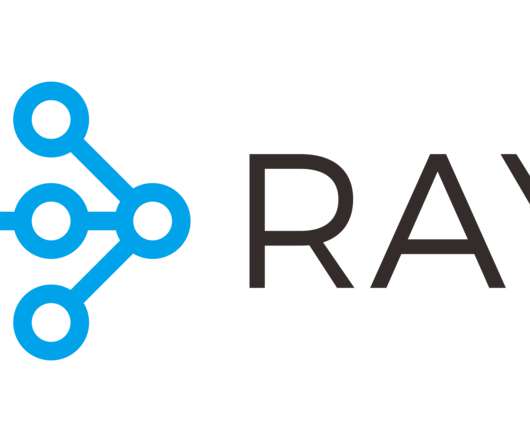Ray for Data Science: Distributed Python tasks at scale
Domino Data Lab
APRIL 6, 2021
Editors Note: This article was originally posted on Patterson Consulting’s blog and can be found at [link] and has been republished with permission. Why Do We Need Ray? However, much of the load can be partitioned into smaller tasks and distributed over a large cluster. We could start as follows.














Let's personalize your content